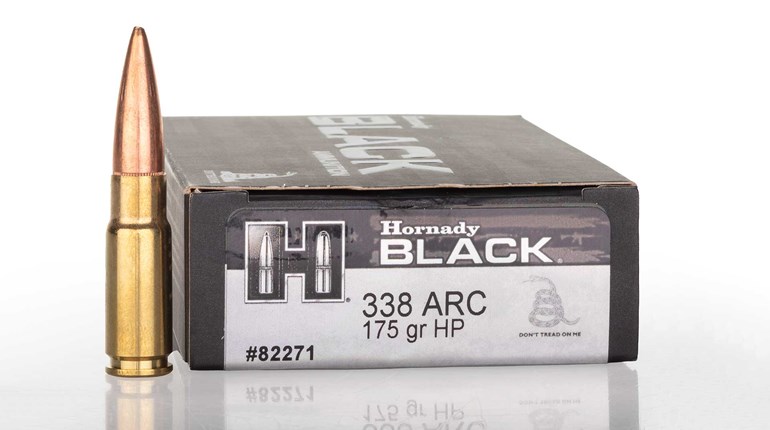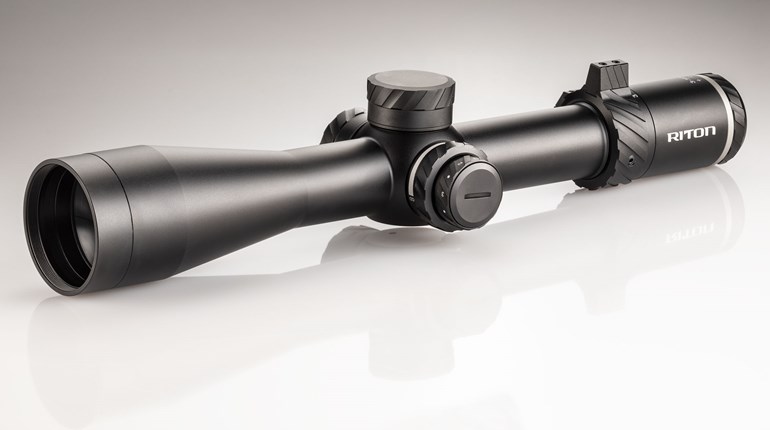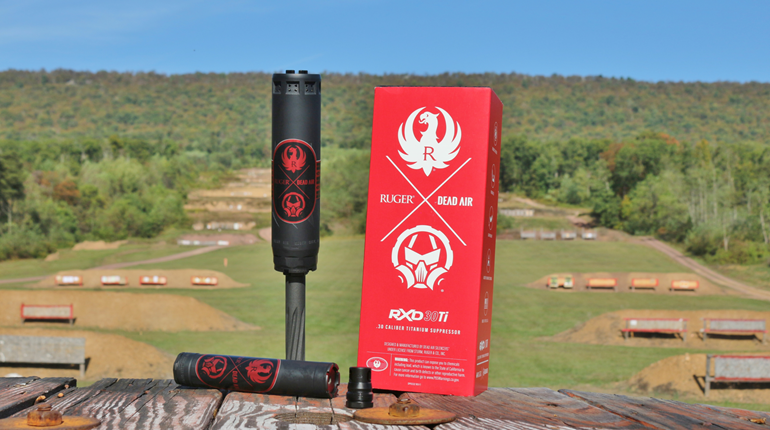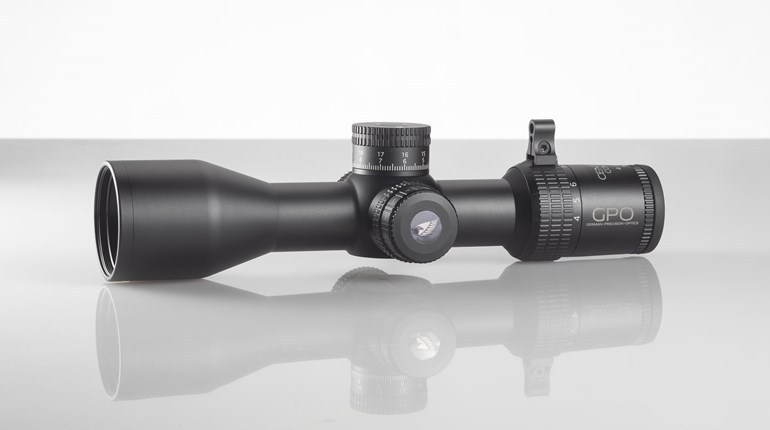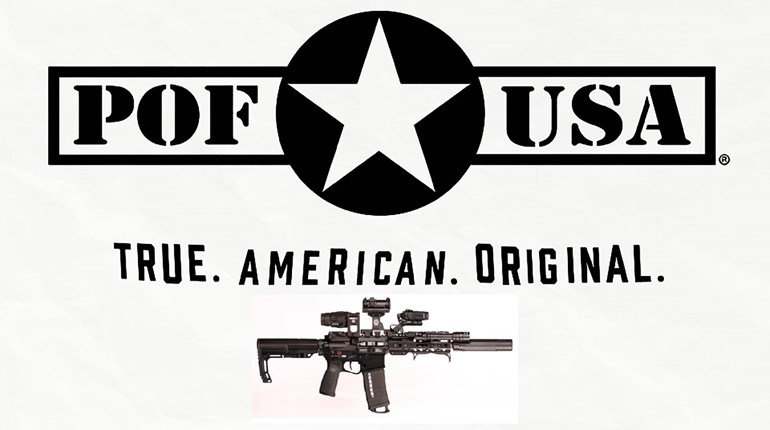
Most of us chose our first holster while we were standing in front of a mirror without anything pressed against our body, or even in the immediate area. Granted, it passed the "bend over" test; we found it satisfactory enough to add steel and lead and went about our day. However, things change drastically the moment you get behind the wheel of your car. Vehicles present a unique set of challenges. Since carjacking is a fairly common violent crime, and defending your automobile might also mean protecting a young child in the backseat, it pays to experiment with alternative carry methods when you are underway.
Let's begin with looking at the issues with the most common carry positions, namely the three- to nine o'clock locations on your waistline. Whether inside or outside the waistband, holsters kept here will probably interfere with your seatbelt or be pressed against a door or armrest, making them inaccessible in an emergency. Since you can likely reach in front of you without much trouble, most candidates should be situated in this position … small-of-the-back carry won’t work here.
The first carry position that likely comes to mind is appendix carry, and it's a fair contender. As long as your gun sits high enough, the waist strap of your seatbelt should lie away from the moving parts of the gun, allowing for easy access. However, this isn't going to be comfortable if you have a bit of mid-section mass, nor if you are carrying a full-sized pistol, as the barrel might press against your anatomy.
While I pooh-pooh off-body carry in most situations, it does have a bit of utility on the road. Putting your handgun into a dedicated concealed carry bag solves all these problems without concern for body style or vehicle design. However, the same downsides apply on the road as walking down the street; if you are separated from your pack, you are effectively unarmed. One solution to this is to keep a strap slung over your shoulder. Granted, if it is long enough; you shouldn't even notice it. It's also a great way to ensure that your firearm doesn't go flying to the floorboards if you slam on the brakes.
Working our way up, this brings us to shoulder holsters. These are undoubtedly the most comfortable devices for securing a firearm when seated, but concealment relies on wearing a jacket or overcoat. In warm weather, you're likely to have to keep the air conditioning on to remain comfortable with the extra layer, so be sure the rest of your passengers are on board with that. Although many states don't require you to cover your gun when inside your vehicle, I always recommend it because it's the last thing a cop wants to see in a routine traffic stop.
Lastly, you'll want to ensure that your seatbelt's cross-body portion doesn't block you from your pistol. Conventional wisdom suggests that this will be incompatible with left-side carry, but your seatbelt and holster brand will best determine if that is the case.
Just as going higher is one solution, going lower works too. Thigh holsters—also called drop holsters—keep your gun away from any belts or armrests and position it so that it won't poke you while driving. But like most options, they, too, have a downside. While they handle the task of securing a pistol quite well inside the car, you are all but committed to open carry when you get to your destination. There are few setups less conspicuous than wearing a drop holster, so unless your endpoint is the range or some hunting grounds, you'll get some attention the moment you set foot outside the car. Since these rigs take a little extra effort to get into, it's not practical to assume that you'll want to put one on and take one off at each stop during your day-to-day grind, so plan accordingly.
Taking things as low as possible brings us to ankle holsters. In vehicular carry, these are indeed unsung heroes and deserve a second look. Strapping a gun to your leg doesn't typically require any change in dress and is effortless to access from a seated position. Being down so low obviously clears it from any waist-height obstructions, including those extra tacos you ate last weekend.
That said, this detective's-special carry location isn't without its flaws. Remember, your right foot controls the gas and brake pedals, so you shouldn't use that side. If you drive a manual transmission, that disqualifies both legs, as you'll have no means of working the clutch. (So, in short, it's a Boomer-friendly option that only works in a Millennial's world.)
Before leaving the house, we need to consider not only the destination and the stops, but the means by which we'll get there. Each person, vehicle and firearm combination will command a different solution; therefore, there aren't any cookie-cutter solutions or blanket statements that will get you there. Just like when you bought your handgun, investigate a few options, put them through a rigorous field test, and never give up on the idea of abandoning one system altogether. As they say, the best gun to save your life is the one that you have with you at all times.













